Before we could even begin our trip, we had sort of a mishap. There are four bus stations in Mexico City and I had pre-bought our tickets to Chiapas. I told everyone to meet at the North bus station, and when we finally got there, I realized that our bus had already departed from a different station, TAPO. The only thing that the bus line could do for us was to give us new tickets for half the price. Despite this bump in the road, we ended up making it to Chiapas in time to meet our tour guide. By the way, we decided to take an organized tour because of the infrastructure of Chiapas and the scattered locations of the attractions.
When we arrived to Tuxtla Guitierrez (capital of Chiapas), we put our bags in the back of the van and headed directly toward destination #1: El Cañon del Sumidero. This canyon is the result of a geological fault during prehistoric times. The cliffs of the canyon are over half a mile high, and the Grijalva River snakes its way through the rocks. By the way, please don’t judge my looks. I just got off a 12-hour bus ride :-S
The views were fantastic, and I have to tell you that the pictures just don’t do this place justice. I felt like I was in a Jurassic Park movie with the lush green trees and the giant cliffs rising up beside me. Thank goodness there weren’t any dinosaurs! But, we did see lots of different wildlife including an iguana, some monkeys, several crocodiles, and a variety of birds. We also saw a rock formation covered with moss that looked similar to a Christmas tree, and is aptly referred to in Spanish as the Árbol de Navidad.
After our first excursion, we headed to our hotel in beautiful San Cristóbal de las Casas. For anyone that tells you that Chiapas is sweltering hot, they are mostly right except in the case of San Cristóbal. The weather was surprisingly chilly here and definitely required a jacket or pants.
The following day (Sunday) we went on a tour of the surrounding indigenous villages. Our first stop was in Zinacantán. We visited the house of a family that made beautiful textiles and embroidered items. The women showed us how each item is hand-woven. Then, we had a mock wedding using the traditional clothing that is worn in the village. The guy in the middle is Joyce, our crazy tour guide. We were also invited into the kitchen for some quesadillas made right on the comal.
Afterwards, we visited a pueblo called San Juan Chamula and observed an interesting religion being practiced in a very unique church. Because the weather is relatively chilly in this town, the men walk around wearing giant furry jackets and the women wear equally furry skirts. Yes, it kind of looks like Chewbacca took over this town.
From the outside, the church looks like a typical indigenous church, but once inside you will find that there are no pews and no altar. They walls are lined with glass cases each containing a saint, and on the marble floor thousands of candles are burning. In fact there are so many lit candles in this church that it feels warmer when you walk through the doors. Normally, a worshipper will light about twenty candles, placed in three rows. Each row is a different height with the highest candles at the back. These candles are lit first hoping that the three rows will burn out at the same time. The people who come to pray also bring a carbonated beverage, such as Coke or Fanta. The locals feel that burping is a way to release evil spirits in the body, and therefore pop is a very effective way to induce this. We also saw a “sacrifice” take place. This tiny old woman took 5 minutes to break a chicken’s neck and then offered the dead animal to the saint. It was quite interesting to say the least, and unfortunately I don’t have any pictures from the inside of the church as it is strictly prohibited.
Following our tour of the towns, we headed back to San Cristóbal for a quick run about the city. We saw the gorgeous, hand-carved façade of the Convento de Santo Domingo. We also visited an amber museum. The mountains surrounding Chiapas are known to have some of the finest amber in the world that is over 40 million years old. There were many people selling glass or plastic imitations of the amber, but true amber has several unique properties. It is extremely light and will float in saltwater. It is unaffected by nail polish remover, and it will attract a piece of paper when rubbed with fabric. Unfortunately, the amber was very expensive, so I chose to look rather than buy.
On Monday, we headed out past the city of San Cristóbal to see the many natural attractions. Our first stop was at the Grutas de Rancho Nuevo. The caves were discovered in 1947 and are approximately 6 miles long. However, the part of the cave that is open to visitors is only about a half a mile long. The stalagmites and stalactites were quite impressive.
On the way to our next stop, we stretched our legs in a town called Amatenango de Valle. The little town is renowned for its pottery. I also enjoyed seeing the brightly colored traditional dress of the Tzeltal women.
Finally, we made it to the place that would be my favorite of the whole trip: The Cascadas del Chiflón. Unfortunately, the extremely curvy roads and the ridiculous amount of speed bumps made me kind of sick, but I couldn’t pass up a place like this.
Just by looking at the pictures, you can see that these waterfalls are absolutely spectacular. The water has this gorgeous turquoise tinge to it because of the limestone rock the lines the river. There is a path that runs along the river, and as you climb you can see the series of waterfalls. The large waterfall called the Cascada Velo de Novia (Bride’s Veil) plummets nearly 400 feet. We were able to walk up to it, but there was so much spray from the falls that I only have pictures from far away.
It was quite a hike to see the other two waterfalls, but we were definitely up for the challenge. The waterfall at the very top is called the Cascada Quinceañera because it cascades out similar to the dress worn by the quinceañera at her 15th birthday party. Isn’t that teal water stunning?
Our final stop of the day was at the Lagos de Montebello. There are over 50 lakes here, but we saw three different ones. The lakes’ colors range from turquoise blue to emerald green, and they are surrounded by a pine and oak forest. We stopped to see the Lagunas de Colores, which included the Laguna Esmeralda, the Laguna Encantada, and the biggest lake, the Laguna Bosque Azul.
On Tuesday, we left quaint San Cristóbal de las Casas (and scrumptious falafel) behind and headed to the much talked about Agua Azul. While these waterfalls are also turquoise during most of the year, we happened to come during rainy season when the water was brown :-(. Needless to say, the intensity of these massive waterfalls was impressive and the surrounding jungle was also beautiful.
While we were allowed to swim in the waterfalls, we opted not to as the current is deceptively fast and there are many submerged hazards like rocks and dead trees. Instead we chose to eat some freshly sliced mango and cucumber and enjoy the beauty of the falls.
Following Agua Azul, we stopped by another waterfall called Misol-Ha. The main waterfall falls 115 feet over the cliff, and we were able to walk behind it. There was a path that led into a cave that allows further access to the waterfall, but unfortunately we had neither the time nor the money to check that part out. We relaxed on a big rock until it was time to go to our final destination of the day: Palenque.
The Mayan ruins of Palenque spread over 3,700 acres, but only a relatively compact area has been excavated. The temple in the top right picture is called the Tumba de la Reina Roja (Tomb of the Red Queen). In 1994, the remains of a Mayan queen were unearthed here. Her bones were a reddish color due to a cinnabar treatment, and over 1,000 pieces of jade were found with the skeleton. Some suspect that she was King Pakal’s wife.
The tomb of Pakal is nearby in the Templo de las Inscripciones. While visitors could once enter the tomb to see the jewel-bedecked skeleton and jade mosaic death mask, it is now closed due to humidity issues. The remains and treasures were removed from the tomb and moved to the Museo de Antropología.
There were many stone carvings littered around the site, and archaeologists are continuing to make discoveries here. However, they are unsure whether to destroy more jungle in order to uncover the ruins or to preserve the greenery and wildlife and leave the ruins to always remain a secret.
On Wednesday, we headed back out into the humidity and heat for another day of fun. Please don’t judge our looks or outfits in these photos. The heat was well into the upper 90’s with humidity hovering around 70-80%. It kind of felt like we were swimming at all times.
In order to arrive at the next site, we had to travel down the Río Usumacinta. The river is the dividing line between Mexico and Guatemala, so if you look, Guatemala is to the right side of the river. It took us about an hour on the lancha (boat) to get to Yaxchilán.
Once off the boat, we were welcomed by an array of tropical vegetation including guanábana, vanilla orchids, rubber, and pineapples.
Yaxchilán was one of the most important Classic Maya cities due to its location on the river. This gave it an advantage in commerce. It is renowned for its impressive stone lintels carved with conquest and ceremonial scenes. You will notice the original wooden beams that support the doorways. If you hear a crazy roaring sound, it is the howler monkeys that inhabit the trees. They kind of sound like ghostly Ooga-Booga people.
There were also more bugs than I would have liked. Even with bug spray covering my entire body, I was eaten alive. The higo estrangular (strangler fig) is a vine that wraps itself around a tree and eventually kills it. Please, notice the strangler fig that is intricately wrapped around this tree. In addition, the carvings at this site were amazingly detailed and easy to see. It is said that the people of this civilization used hallucinogenic mushrooms in their religious ceremonies. For this reason, there were many weird representations of animals combined with men.
Inside the pyramid on top of the hill, there was a Buddha-like statue. The head and body were separated, and it is said that when they are reunited, this village will once again come to power. While this temple is currently open to the public, it will be closed in a few years to preserve the ruins. Outside the temple, there were carvings of little elf-like characters. The Mayans believed that there were mischievous dwarves living in the surrounding jungle and they would lead people astray. In fact, there have been groups of explorers who ventured into these forests and never returned.
Finally, we visited the archaeological site of Bonampak. Its setting in the dense jungle hid it from the outside world until 1946. While, the site spreads over 590 acres, the main ruins stand around the rectangular Gran Plaza. Until 10 years ago, the only way to arrive at the site was either by airplane or a 2-day trek through the jungle. Fortunately, there is now an unpaved road that winds through the jungle making the site more accessible.
There were two cute little indigenous girls running around the site. I couldn’t resist taking a few pictures of them. But, the stone carvings were also stunning. These particular carvings show women piercing their tongues and men piercing “other” body parts to thank the gods.
But, Bonampak is most famous for its murals. In fact, Bonampak means “Painted Walls” in Yucatecan Maya. The frescoes that adorn the walls of the temple have weathered badly since their discovery in 1946. The scenes of the murals depict several very important events. A local army is getting ready to fight a battle; the warriors are victorious; the royal court is surrounded by musicians to celebrate the victory. Unfortunately, the frescoes were never finished because the site was abandoned when the Mayan civilization mysteriously evaporated.
On Thursday, our final day of the trip, we traveled to Villahermosa in the state of Tabasco. We visited the La Venta Museum. This museum is located outside and houses Olmec heads and replicas of some classic Mayan sculptures. The heat was soaring in the 100s and the humidity was out of control. This excessive combination got to our heads, and we decided to pose with the statues in the park. Afterwards, our tour guide dropped us off at the un-air-conditioned bus station. Then, we hung out at the air-conditioned Chedraui grocery store for 4 hours. We bought some turkey, queso manchego, and bolillos and made some delicious sandwiches. Mmmm. Then it was back to DF.
I must say that this really was the ultimate adventure and was definitely worth every penny. I would highly recommend Chiapas to those adventurous individuals who are traveling to Mexico :-).
Click for more pictures! (Canon del Sumidero)
Click for more pictures! (Indigenous Villages)
Click for more pictures! (Caves, Chiflon, Montebello)
Click for more pictures! (Agua Azul, Misol Ha, Palenque)
Click for more pictures! (Yaxchilan, Bonampak)
Click for more pictures! (Museo La Venta)
Abrazos, Nicole

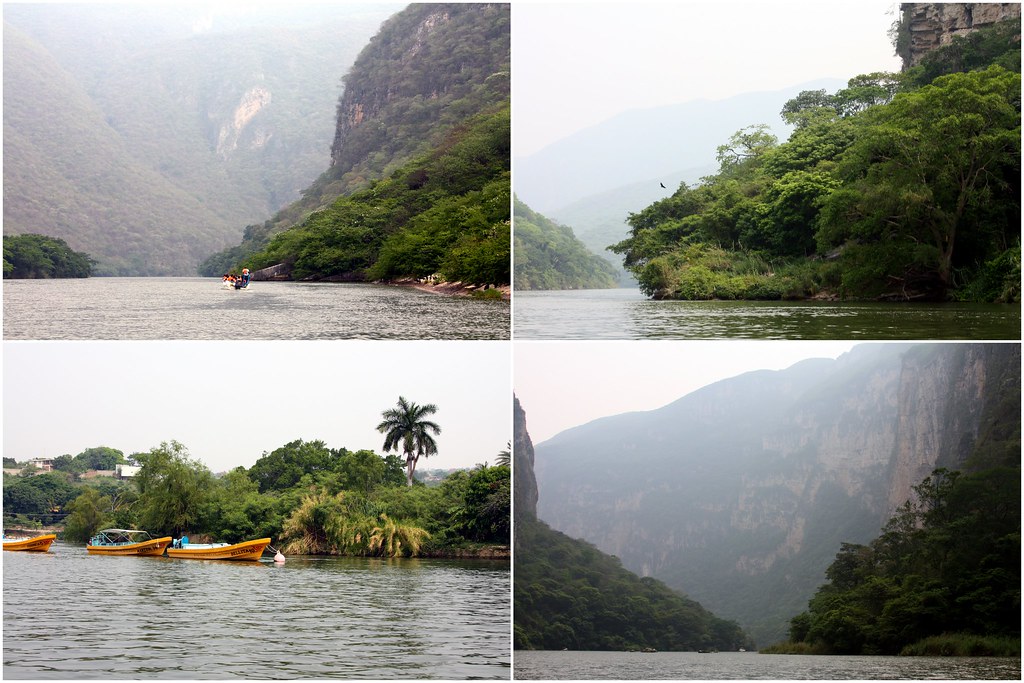
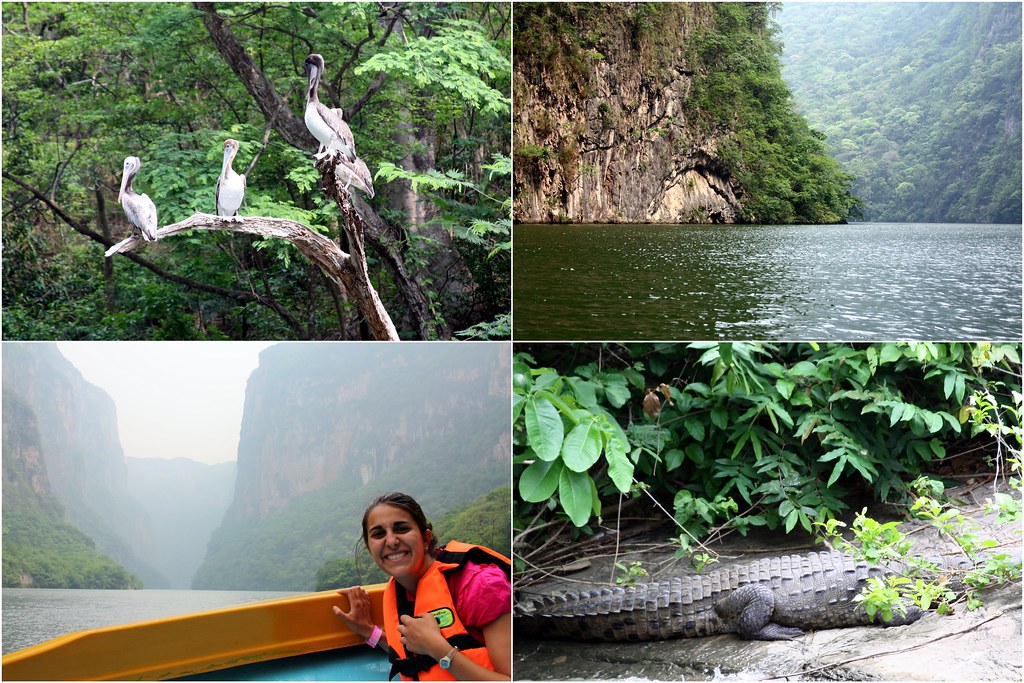

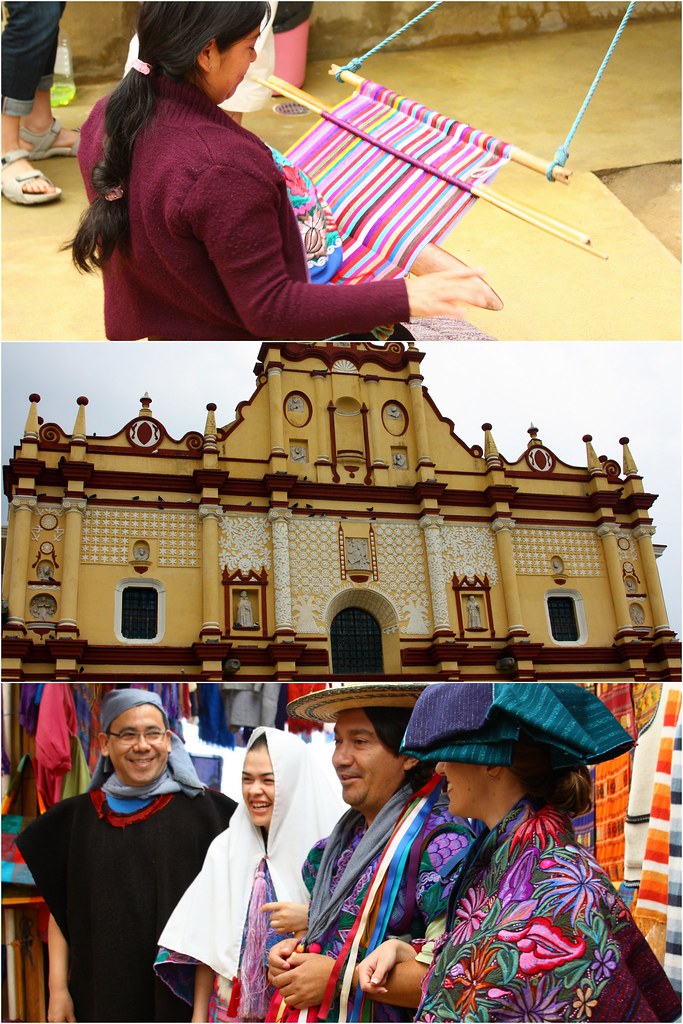
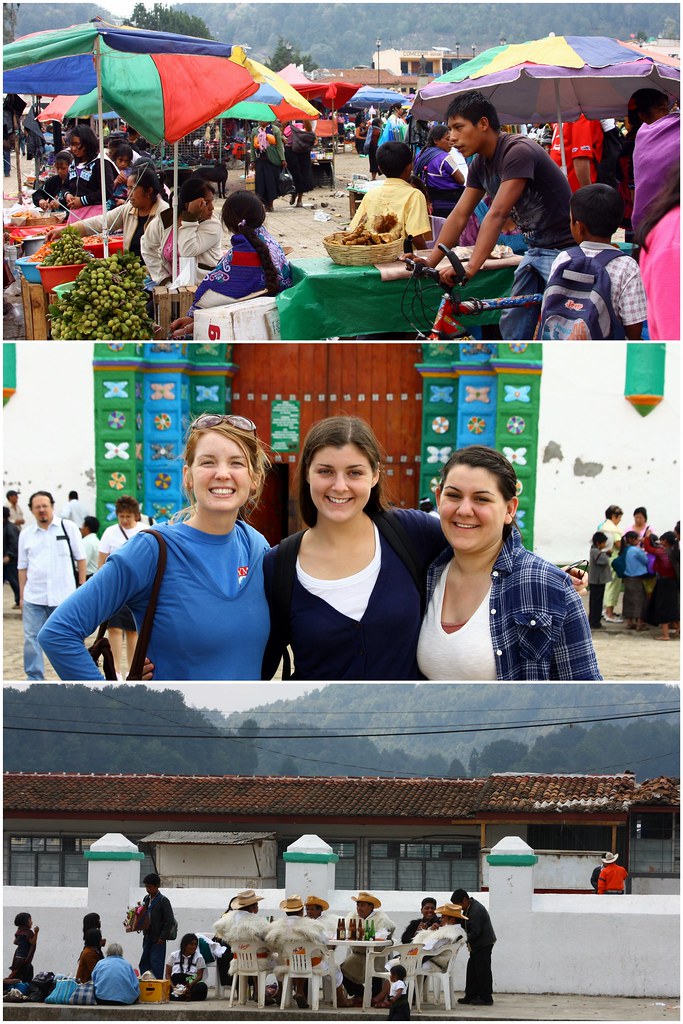

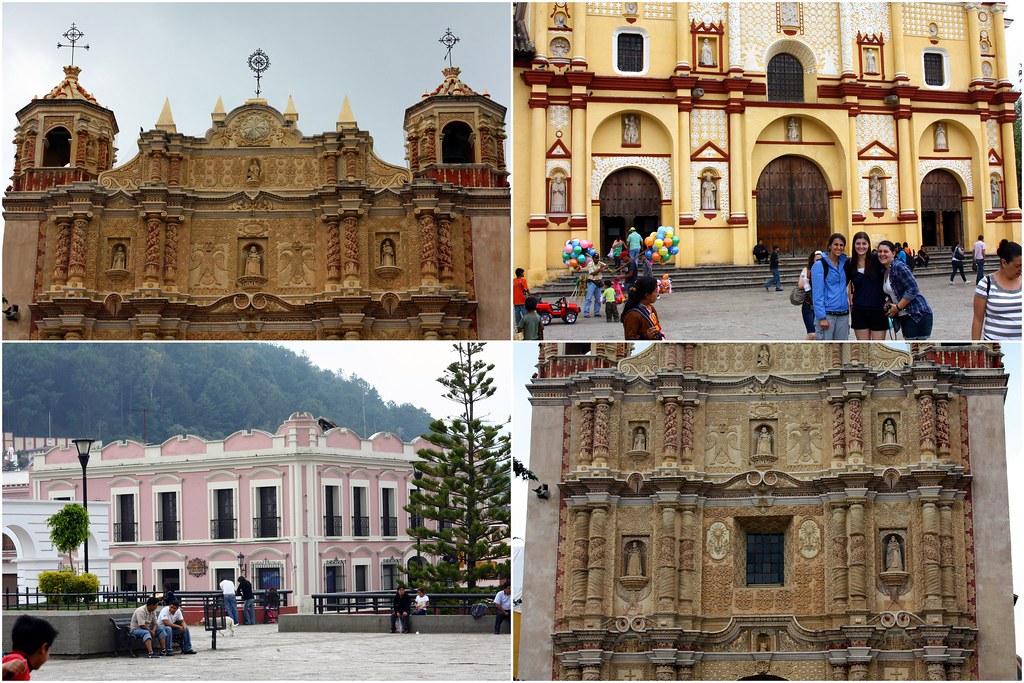
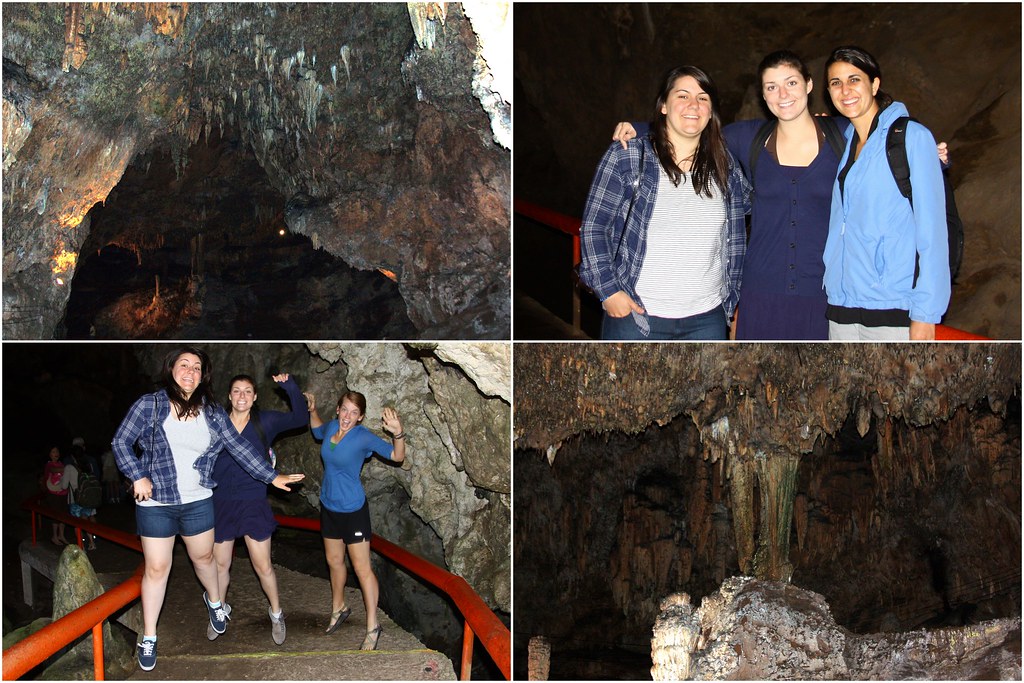

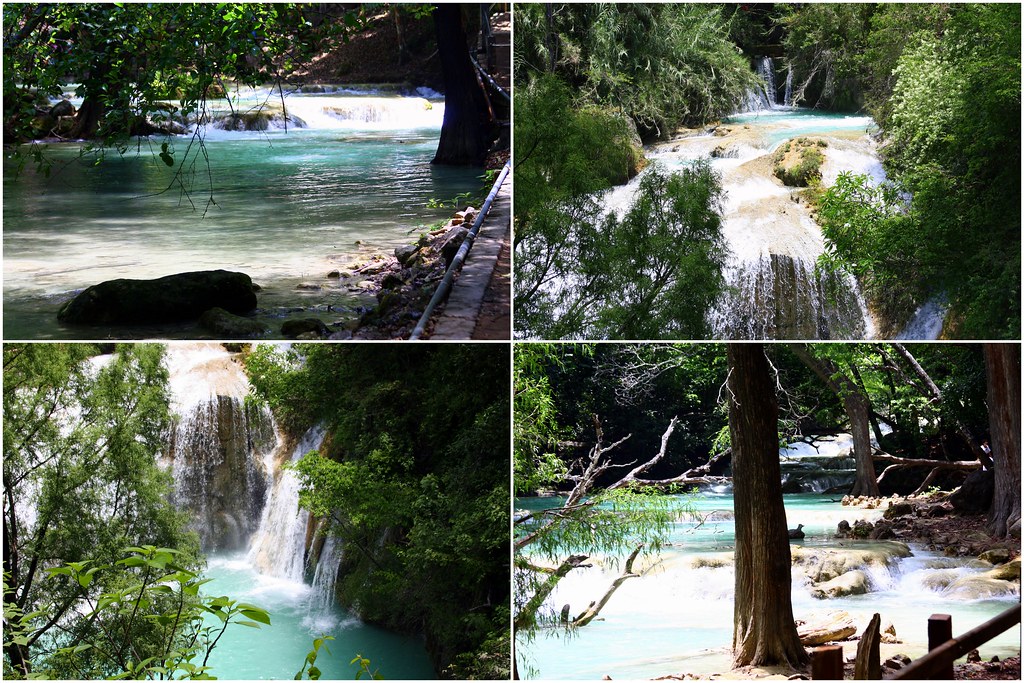
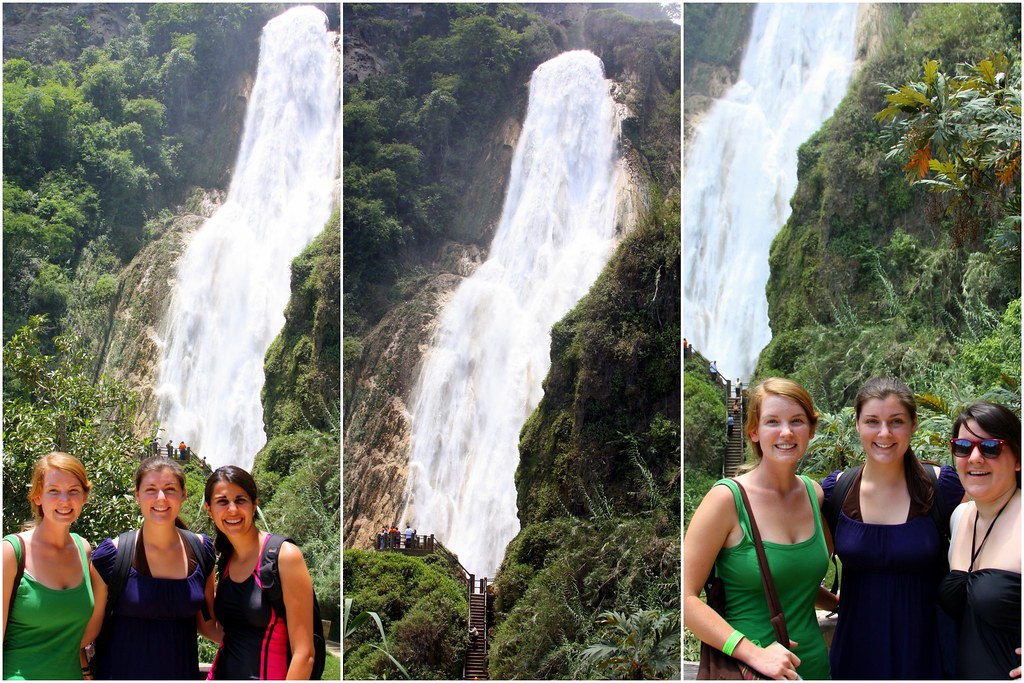
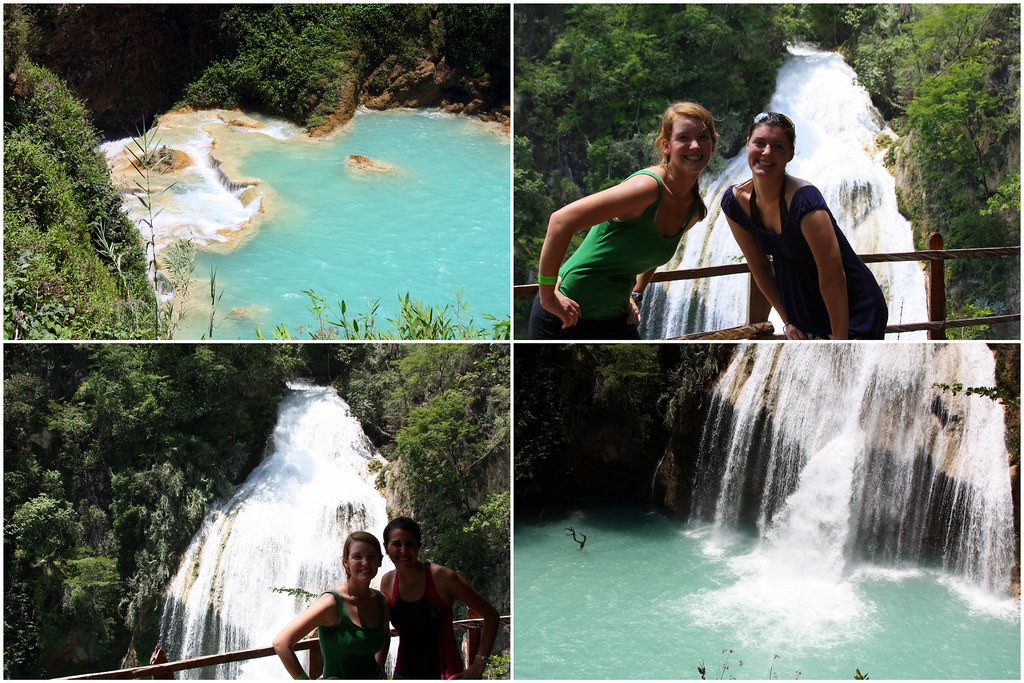
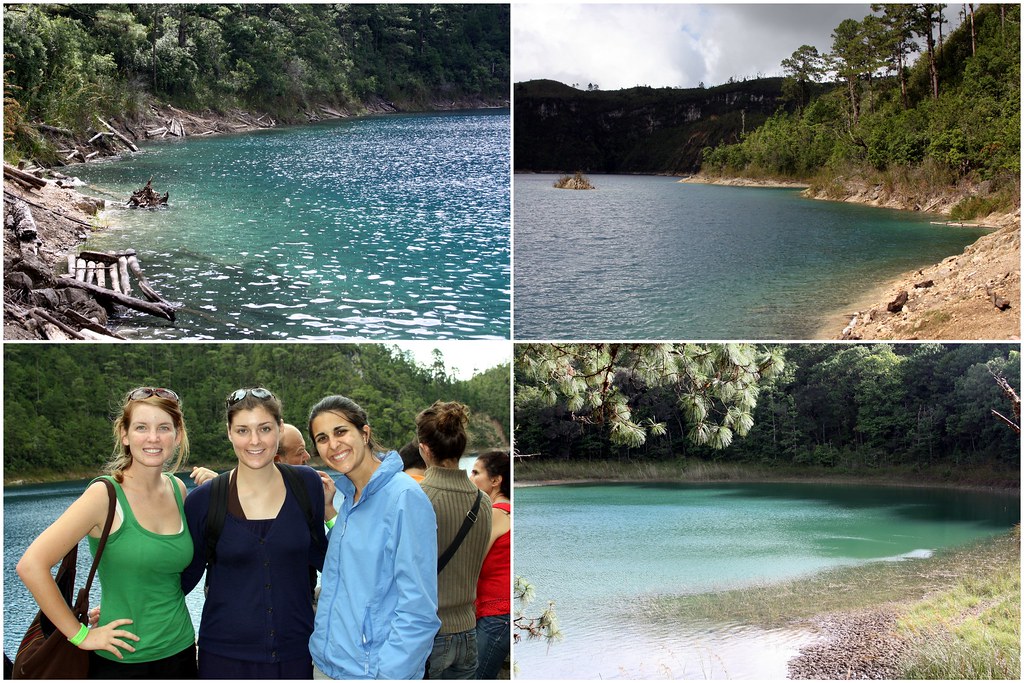
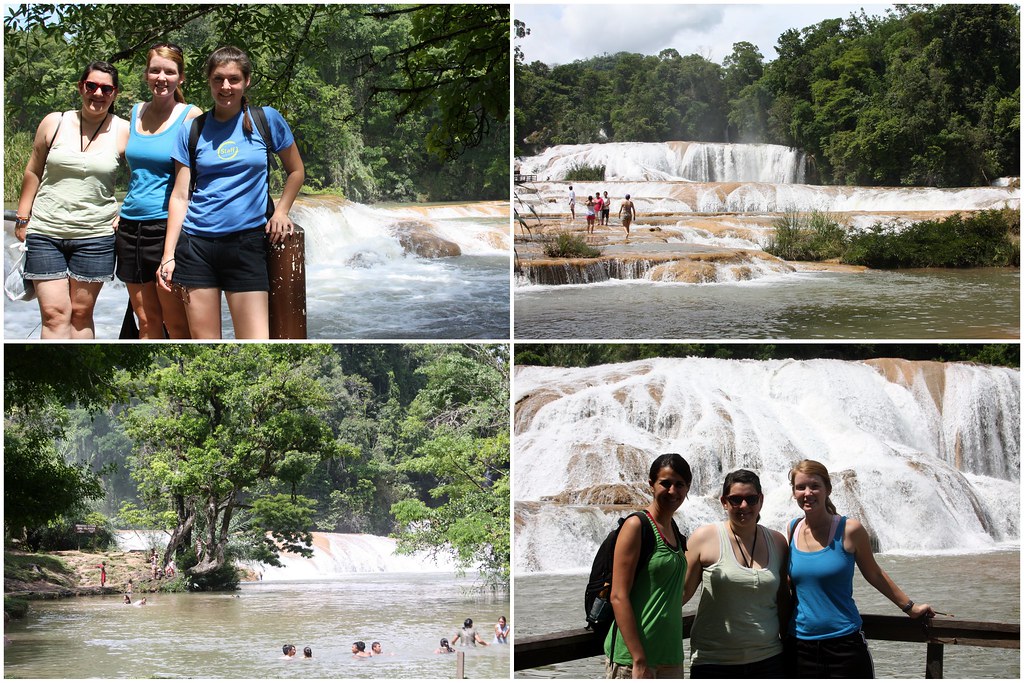
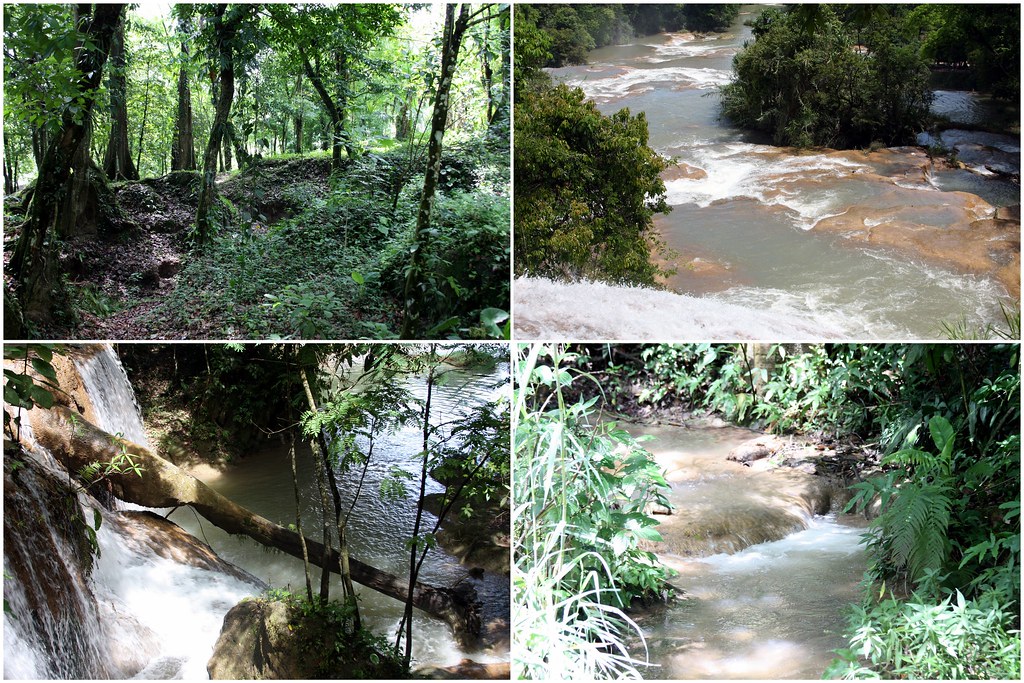
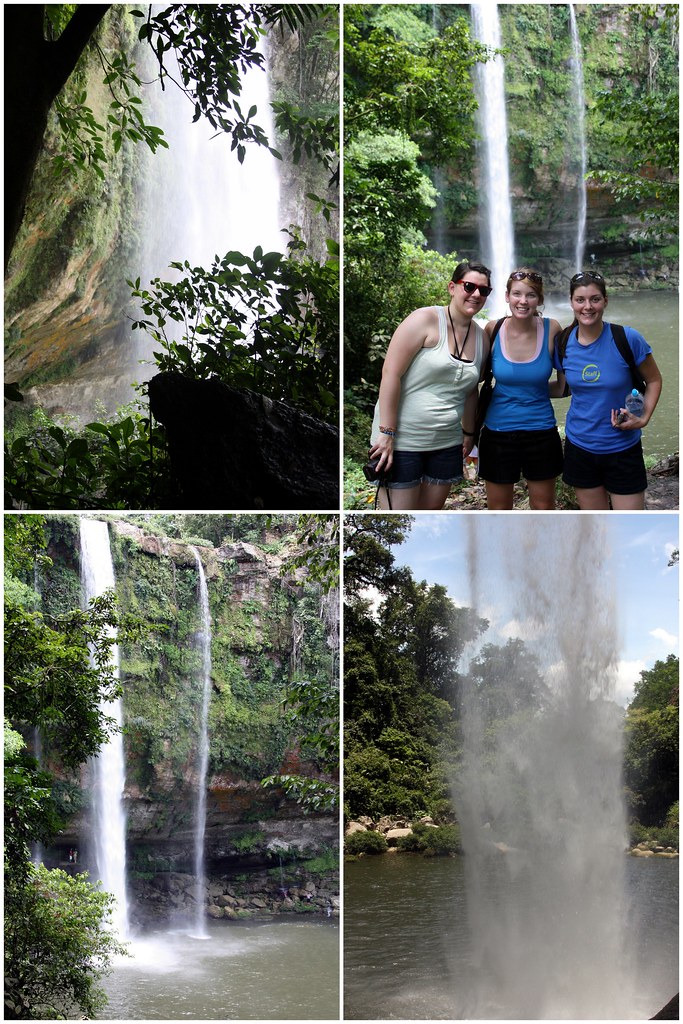
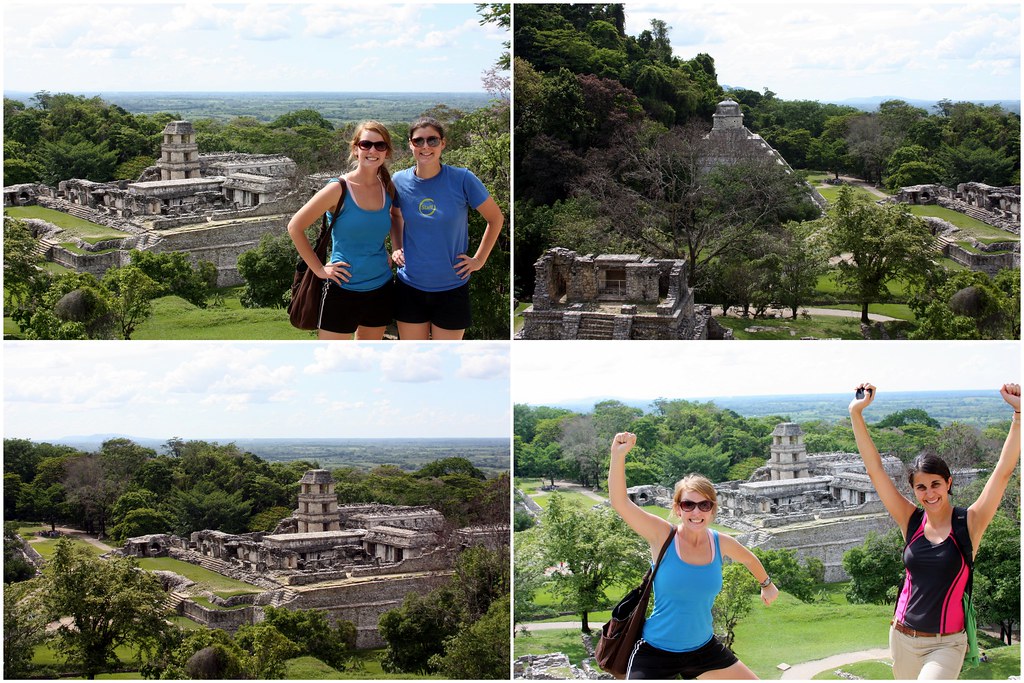
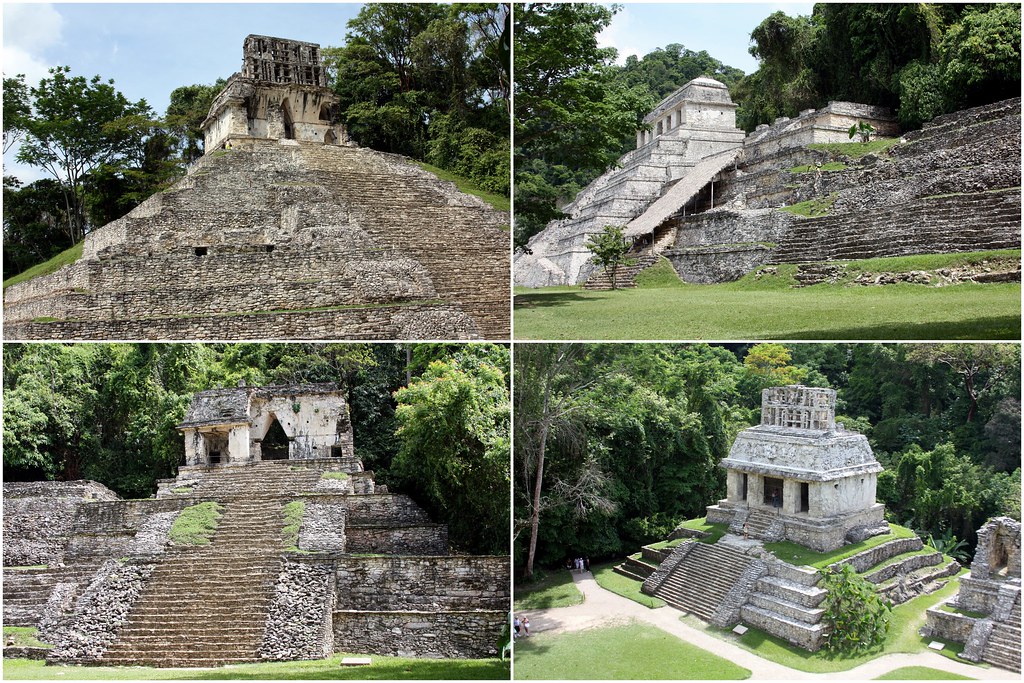
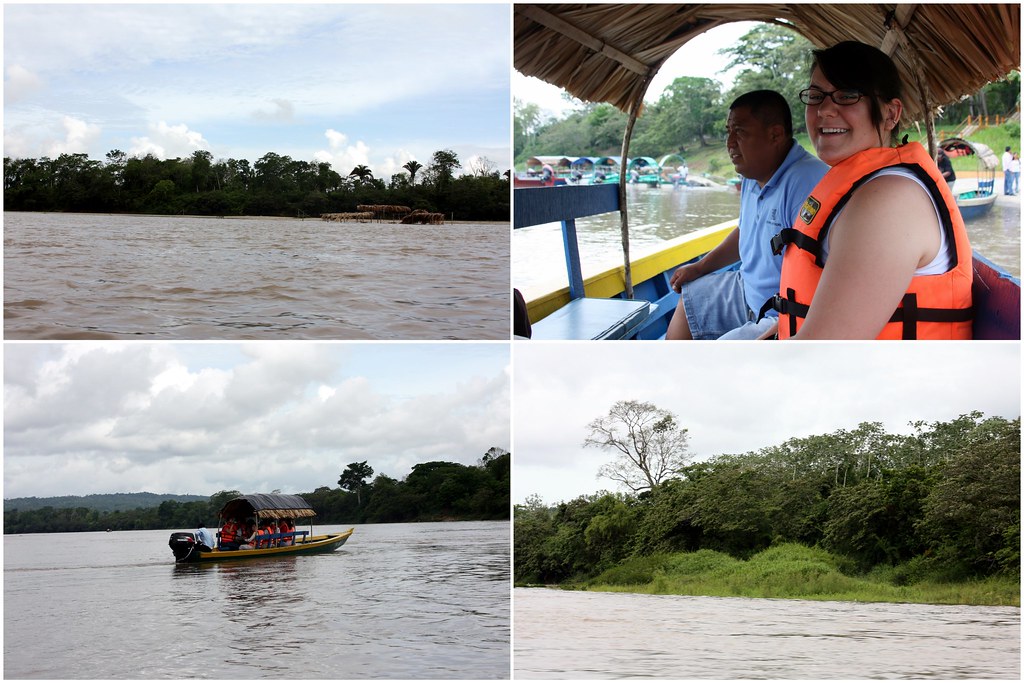

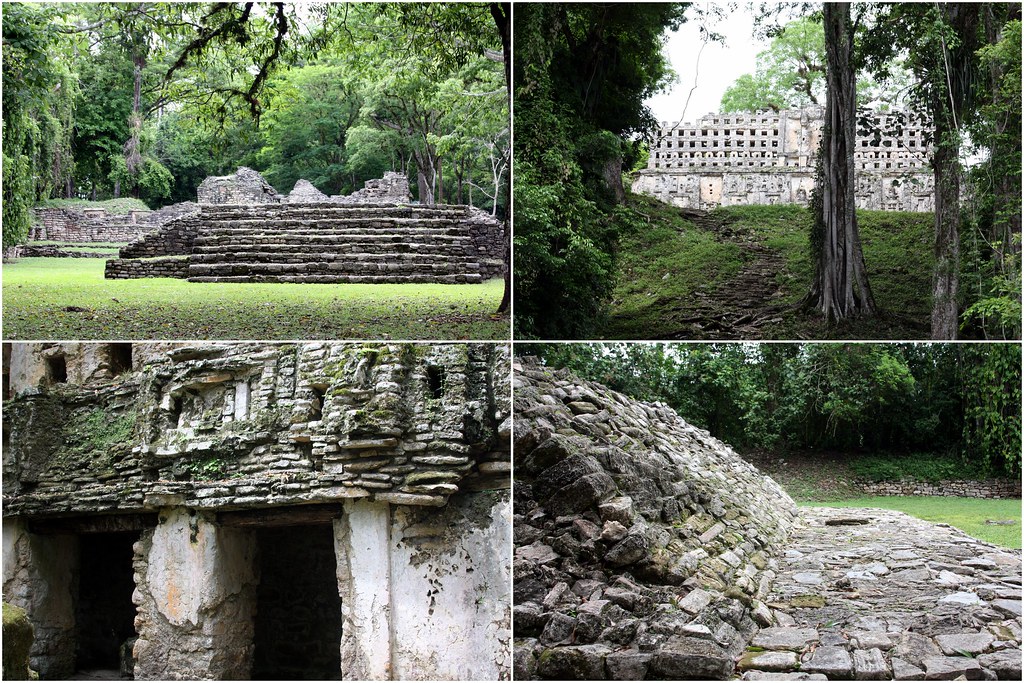
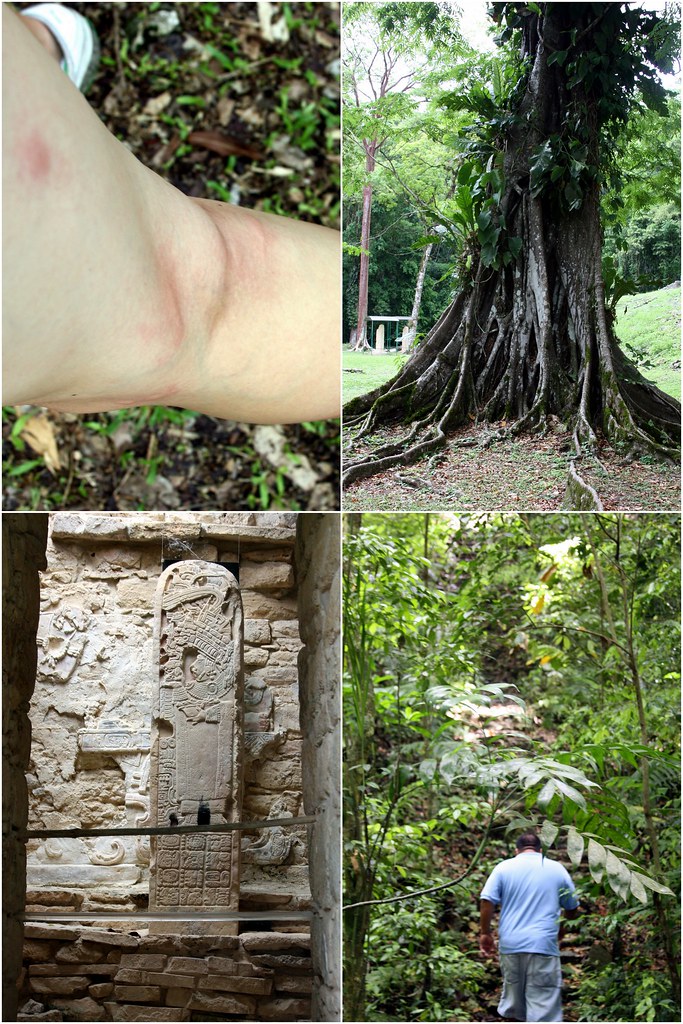

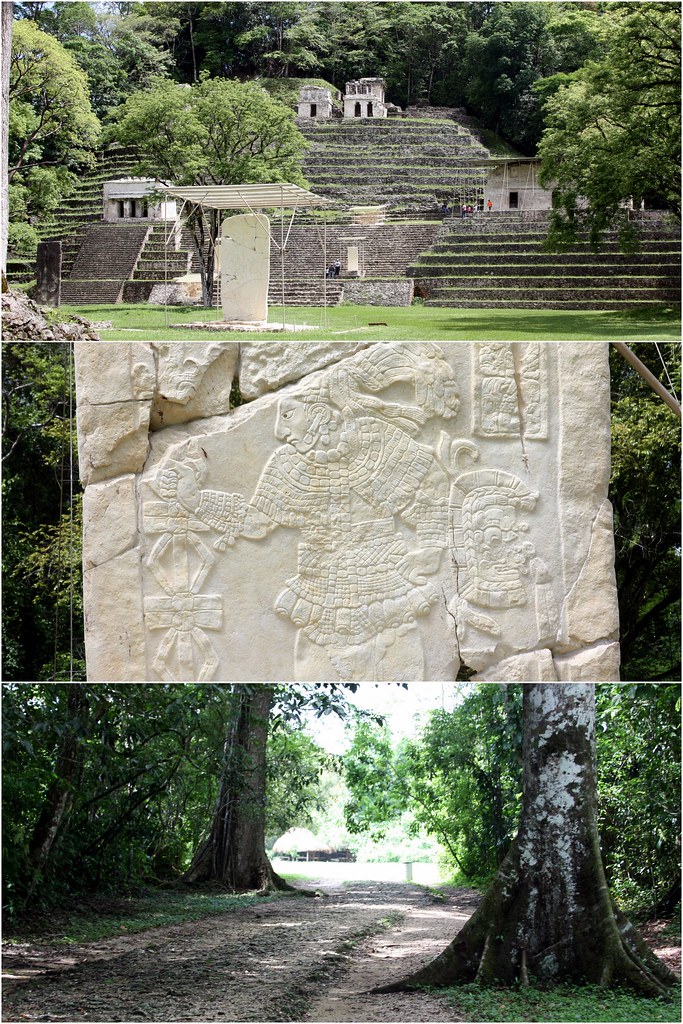

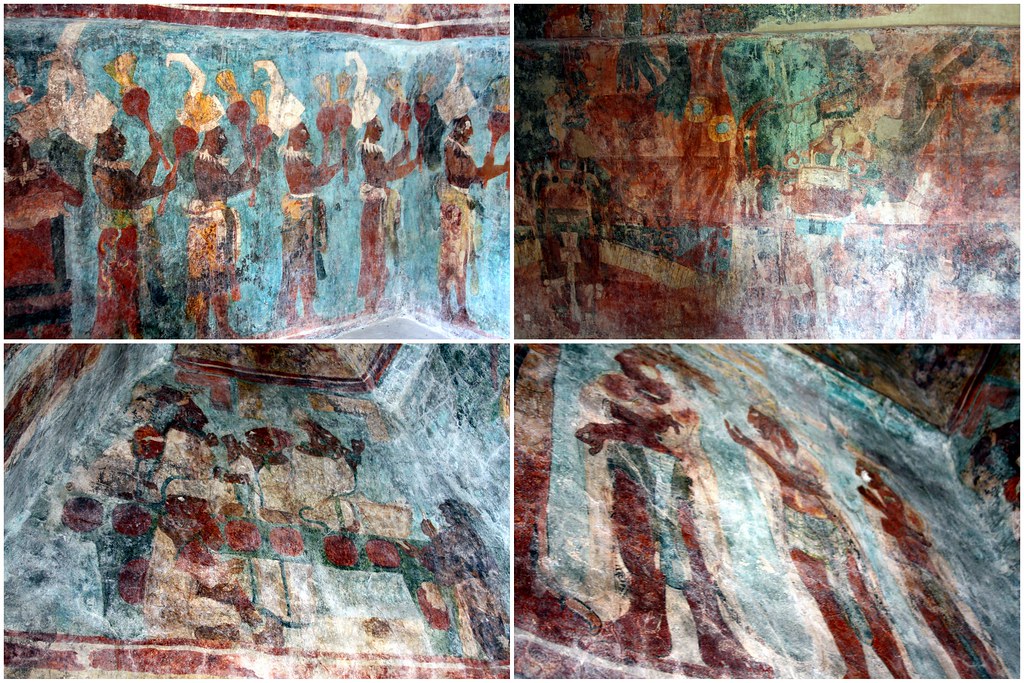
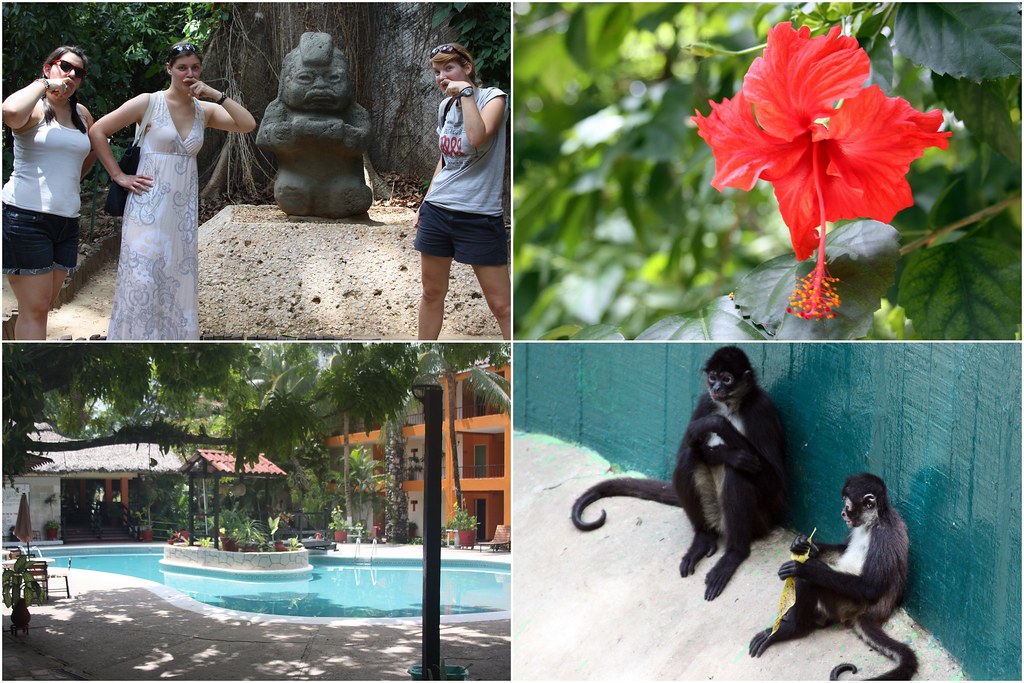


0 comments:
Post a Comment